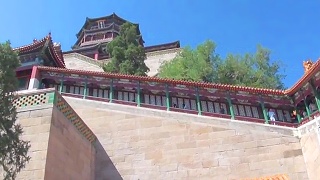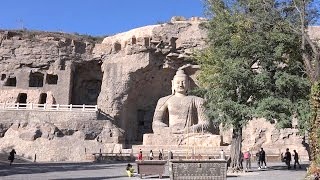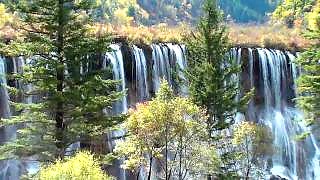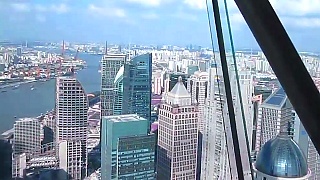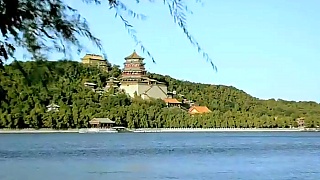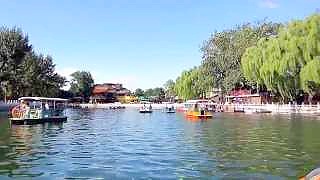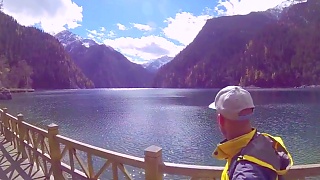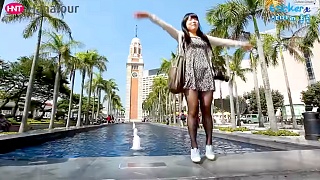
|
The Ming Tombs are a collection of mausoleums built by emperors of the Ming dynasty. They lie within the ChangPing District of BeiJing Municipality, 40 kilometers (25 miles) north-northwest of Beijing city center.
The site was chosen based on the principles of Feng Shui by the third Ming emperor, YongLe. Construction began after completion of the Imperial Palace (Forbidden City) in 1420. Subsequent emperors placed their tombs in the same valley; 13 in total.
The siting of the Ming dynasty imperial tombs was carefully chosen according to Feng Shui principles. A key guide is that bad spirits and cold winds from the north must be deflected; therefore, an arc-shaped valley area at the foot of the JunDu Mountains was selected. This 40 square kilometer area, enclosed by mountains in a pristine, quiet valley with dark earth and tranquil water became the necropolis of the Ming dynasty.
A 7 kilometer (4 mile) path named the Spirit Way, or Sacred Way, leads into the complex, lined with statues of guardian animals and officials, with a front memorial gate consisting of three arches called the Great Red Gate; constructed in 1540, it is one of the biggest stone archways in China.
Further in, lies the ShenGong ShengDe Stele Pavilion with a 50 tonne stone statue of BiXi carrying a memorial tablet. Four white marble HuaBiao (pillars of glory) are positioned at each corner of the pavilion; at the top of each is a mythical beast. Then come two pillars on each side of the path, whose surfaces are carved with a cloud design, and tops are shaped like a cylinder; these are of a traditional design and were originally beacons to guide the soul of the deceased, The path leads to 18 pairs of stone statues of mythical animals, which are all sculpted from single blocks; these are all larger than life size. After, the path leads to a three-arched gate known as the Dragon and Phoenix Gate.
Two of the mausoleums are open to visitors, but it is the beauty of the valley, with orchards, and the sheer scale of the area used for the tombs, that make this a nice day out in the countryside.
|
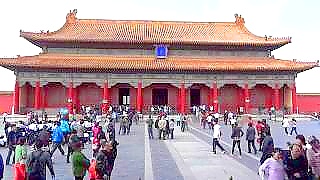




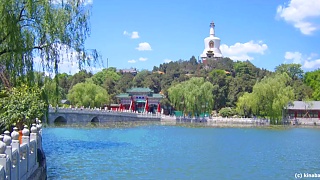


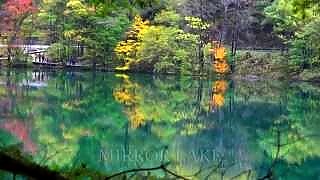
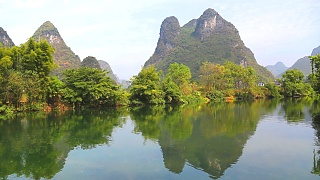


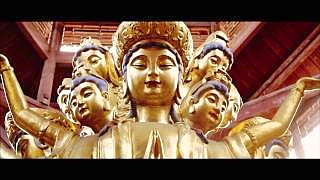

![How to pronounce the four tones and speak PinYin correctly. With Qing Xia . . . [videogallery type=playlist id=PLn996NprGoEI-rbWdpRlX-yuZoQ5ERZl2 columns=2] Learn to speak Chinese from zero](http://www.beijingbuzzz.com/b101.jpg)
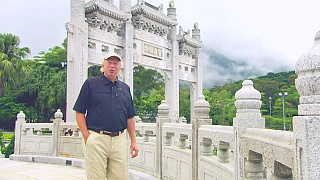
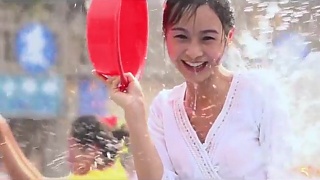
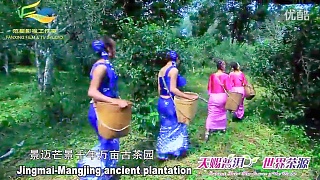
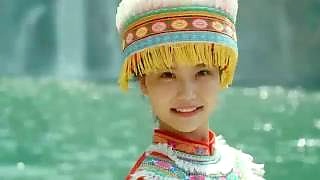







![The first film is from the CCTV Spring Festival Gala 2013, with singer Na Ying. The song : [Because of You, My Life is] A Warm Spring With Blooming Flowers. In 2015, the Spring Festival (Chinese New Year) runs from the 19th to the 25th February. The second is from China`s National Games Opening Ceremony in 2009. The song is Like A Dream. The third film features the music `Legend of Chinese Mountains` and is about the five sacred mountains of China and the Chinese love of nature and balance with nature. Fourth is `Your Collar`, a romantic song from the imperial music of the Han Dynasty. Fifth song is `A Nation of Greatness and Courtesy` and is about the Chinese character of virtue and friendship. Greatness in Chinese thinking is virtue; all three core Chinese philosophies - Taoism, Buddhism and Confucianism - stress that strength and happiness (well-being) lies in balance, not power (dominance). The last film features music from a documentary about the DaMing Palace (DaMing Gong) of the Tang Dynasty, at the heart of the dynasty`s capital Chang`An (which means `eternal peace`). The palace area is a little north east of the city of Xi`An in ShaanXi province. A selection of traditional Chinese music and song ...](http://www.beijingbuzzz.com/b323.jpg)


